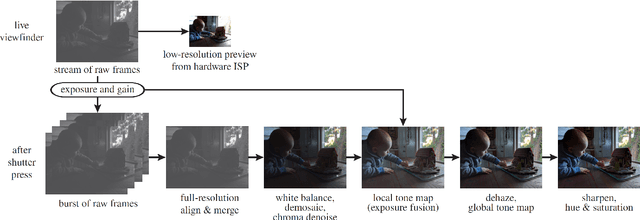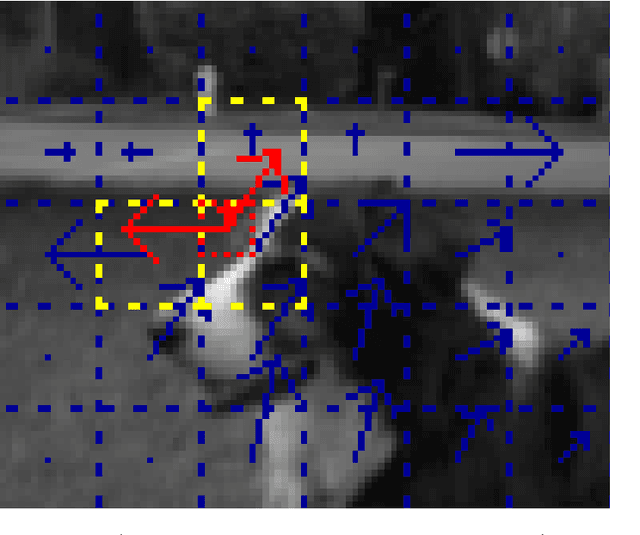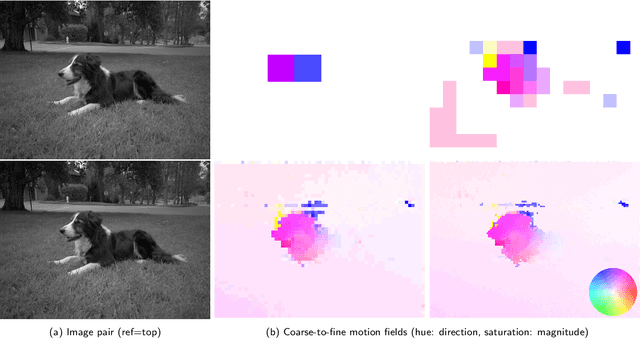Thomas Veit
An Analysis and Implementation of the HDR+ Burst Denoising Method
Oct 18, 2021



Abstract:HDR+ is an image processing pipeline presented by Google in 2016. At its core lies a denoising algorithm that uses a burst of raw images to produce a single higher quality image. Since it is designed as a versatile solution for smartphone cameras, it does not necessarily aim for the maximization of standard denoising metrics, but rather for the production of natural, visually pleasing images. In this article, we specifically discuss and analyze the HDR+ burst denoising algorithm architecture and the impact of its various parameters. With this publication, we provide an open source Python implementation of the algorithm, along with an interactive demo.
* 28 pages, 15 figures, published at https://doi.org/10.5201/ipol.2021.336, code on https://github.com/amonod/hdrplus-python
FastDVDnet: Towards Real-Time Video Denoising Without Explicit Motion Estimation
Jul 01, 2019



Abstract:In this paper, we propose a state-of-the-art video denoising algorithm based on a convolutional neural network architecture. Until recently, video denoising with neural networks had been a largely under explored domain, and existing methods could not compete with the performance of the best patch-based methods. The approach we introduce in this paper, called FastDVDnet, shows similar or better performance than other state-of-the-art competitors with significantly lower computing times. In contrast to other existing neural network denoisers, our algorithm exhibits several desirable properties such as fast runtimes, and the ability to handle a wide range of noise levels with a single network model. The characteristics of its architecture make it possible to avoid using a costly motion compensation stage while achieving excellent performance. The combination between its denoising performance and lower computational load makes this algorithm attractive for practical denoising applications. We compare our method with different state-of-art algorithms, both visually and with respect to objective quality metrics.
DVDnet: A Fast Network for Deep Video Denoising
Jun 04, 2019



Abstract:In this paper, we propose a state-of-the-art video denoising algorithm based on a convolutional neural network architecture. Previous neural network based approaches to video denoising have been unsuccessful as their performance cannot compete with the performance of patch-based methods. However, our approach outperforms other patch-based competitors with significantly lower computing times. In contrast to other existing neural network denoisers, our algorithm exhibits several desirable properties such as a small memory footprint, and the ability to handle a wide range of noise levels with a single network model. The combination between its denoising performance and lower computational load makes this algorithm attractive for practical denoising applications. We compare our method with different state-of-art algorithms, both visually and with respect to objective quality metrics. The experiments show that our algorithm compares favorably to other state-of-art methods. Video examples, code and models are publicly available at \url{https://github.com/m-tassano/dvdnet}.
 Add to Chrome
Add to Chrome Add to Firefox
Add to Firefox Add to Edge
Add to Edge